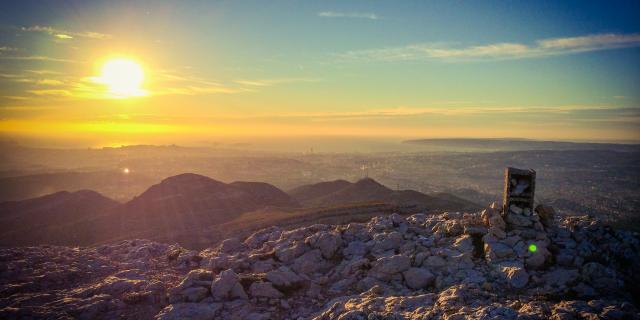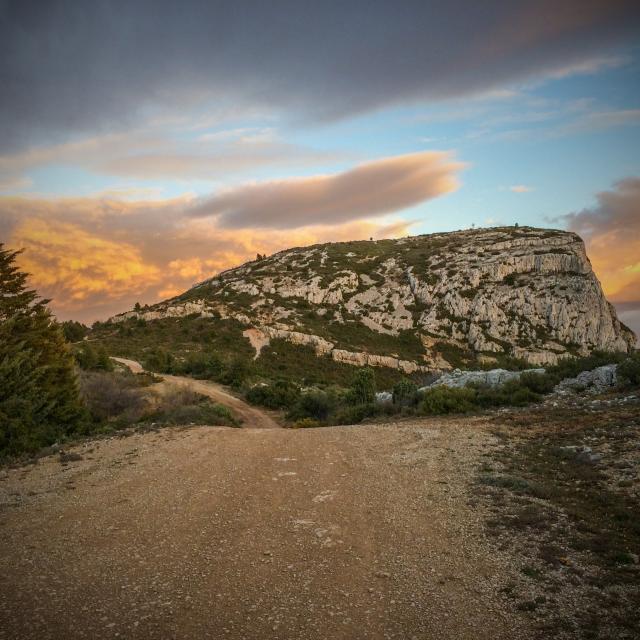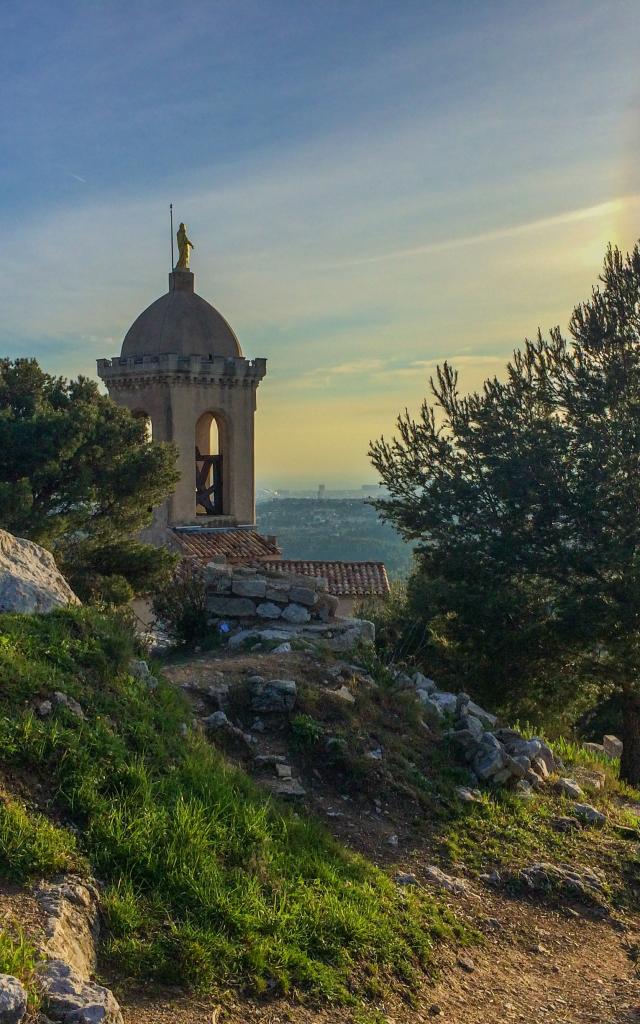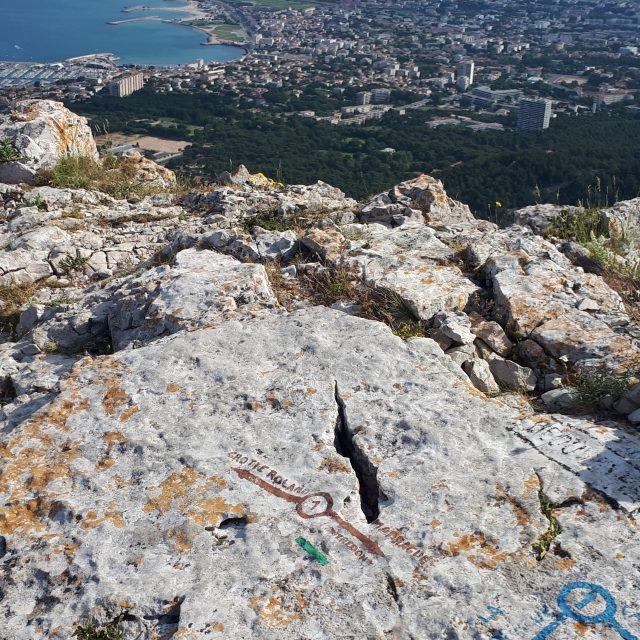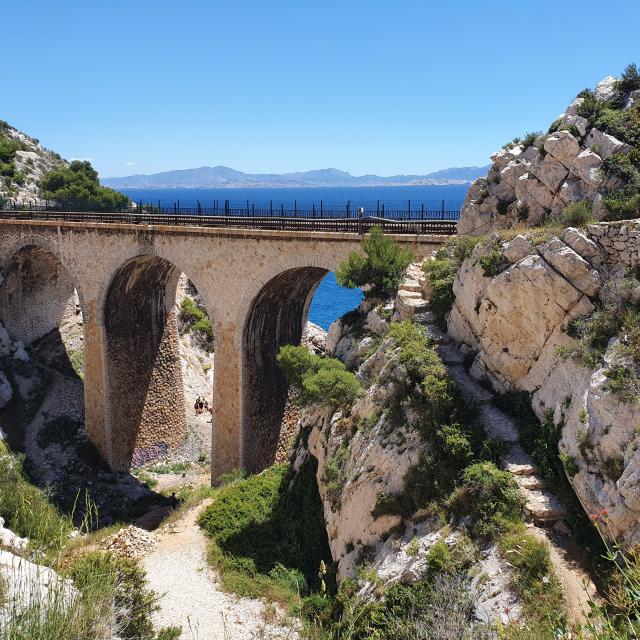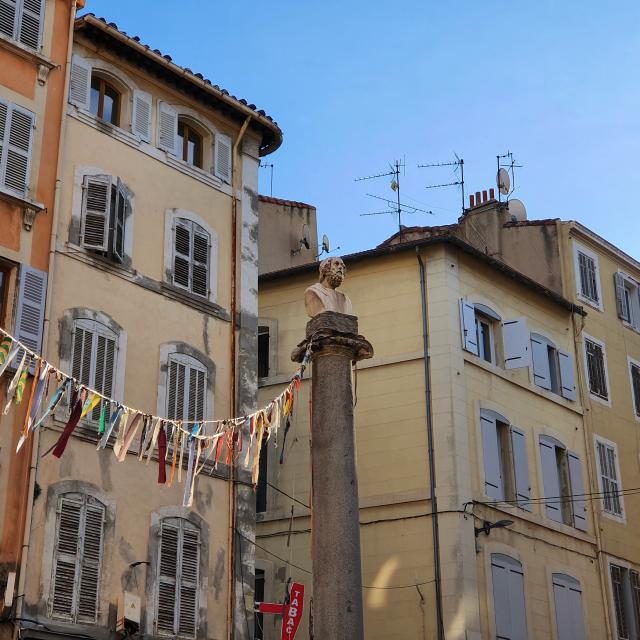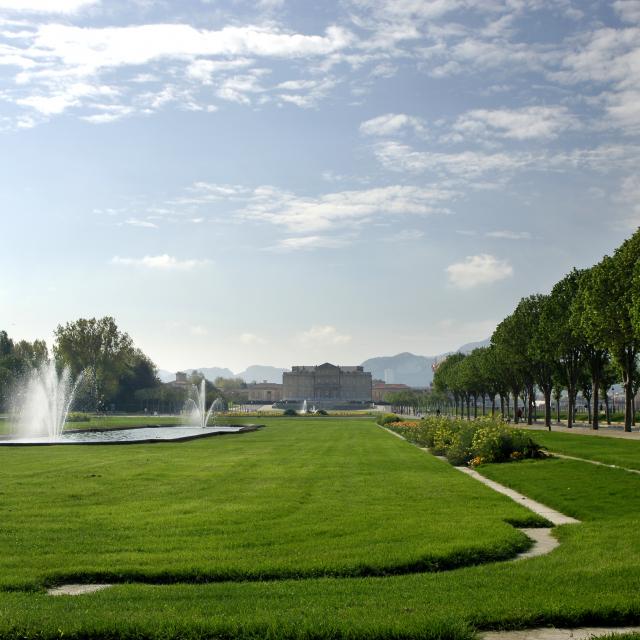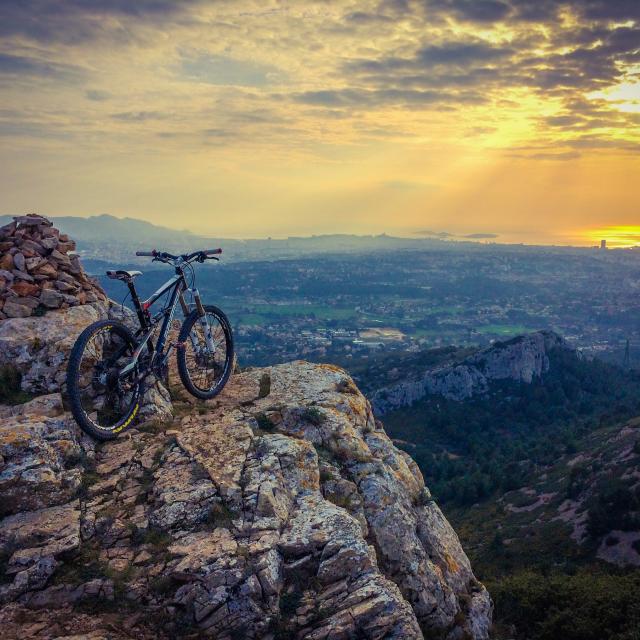
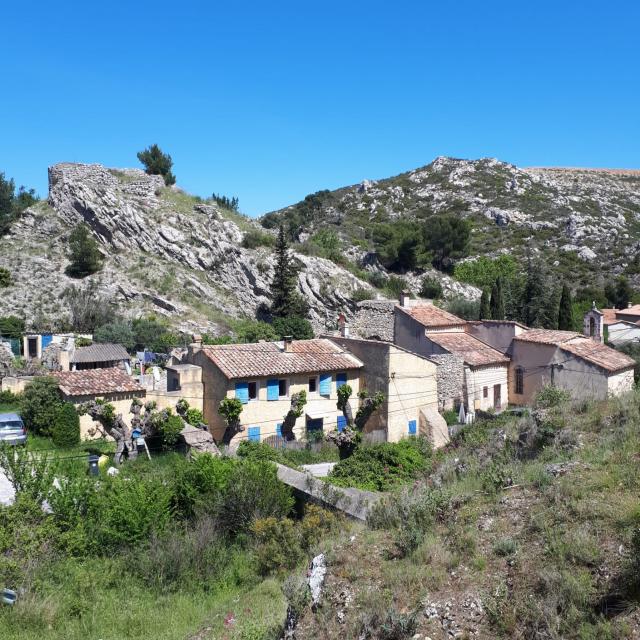
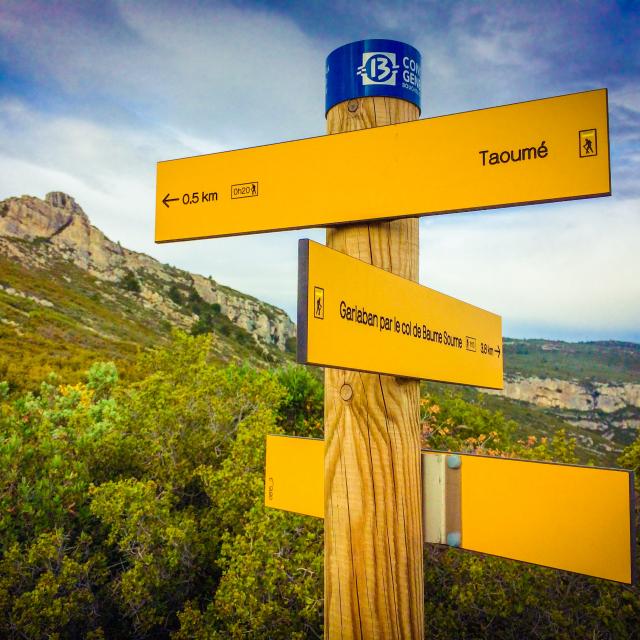
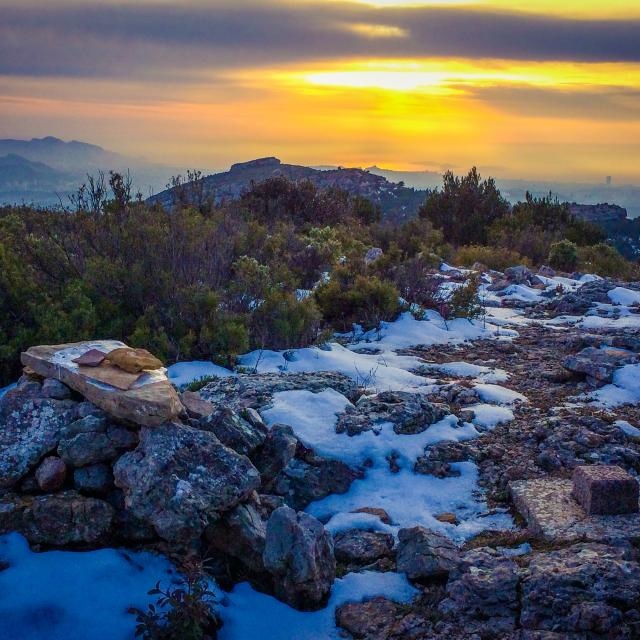
The Garlaban
A real limestone massif
This limestone massif covers 8,000 hectares and several communes. It is made up of various peaks, including Garlaban, which gives its name to the whole area. And although it is not the highest point at 714 metres, it overlooks a vast plain that includes the town of Aubagne, the Huveaune river and the Marseille’s districts made famous by Marcel Pagnol, such as La Barasse, Les Camoins and La Treille.
Garlaban, the protector
In the past, it was an excellent landmark for sailors coming in from the open sea. Today, despite the increasing density of housing and buildings of all heights, the Garlaban is still a natural part of the landscape. From its summit, hikers can enjoy an immeasurable panoramic view of Marseille and the Mediterranean Sea.
The origin of the name
There are two possible explanations for the meaning of Garlaban.
- ‘Gar’ means ‘summit’ in Arabic and ‘laban’ means ‘white’ in Hebrew. This is how Frédéric Mistral explains the origin of the name, first given by Phoenician sailors.
This description is consistent with the appearance of this limestone mountain.
- In Provençal, ‘gardia’ refers to ‘the lookout’ and ‘laban’ to ‘the cave’.
This explanation is just as valid for those who observe nature, particularly to find the rare waterholes in these fragile areas.
